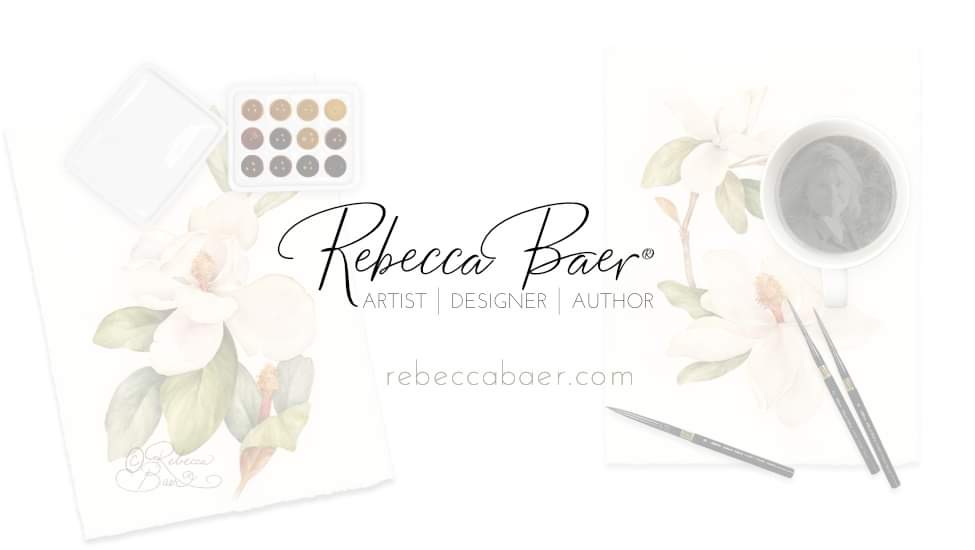Mixing small quantities
To mix colors you can measure the proportions in drops, for example, to create a 3:1 mixture squeeze three drops of the first color listed onto your palette paper then squeeze one drop of the same size of the second color and combine with your palette knife.
Mixing Large quantities
Using a ruler, apply lines at measured intervals to an address label. Make sure you have enough lines to accommodate the proportions for your mix; to create a 5:3:2 mixture, you will need ten lines with an equal space at the bottom. Adhere the label to a clean paint bottle, taking care to line up the edge of the label with the bottom of the bottle. Pour the first color listed into your paint bottle until the level reaches five parts. Add the second color until the level reaches the eighth line (three more parts),
Add the third color until the level reaches the tenth line (two more parts); shake well or stir with a narrow palette knife. I have used this method to consistently mix multiple bottles of the same color for use in class situations.
If you don't have a label handy you can mark the lines directly on the bottle but, depending on the colors used they could be difficult to see.
These methods are great when you are presented with specific hues and a ratio for achieving the desired hue, but what if you want to mix a color without access to such information? Being familiar with color and mixing offers independence and freedom of choice. If you don't have a particular color or want to make changes to suit your personal tastes, you have the tools to succeed.
If you aspire to create your own designs, color harmony will make your art more pleasing and desirable. It is easy to become familiar with color. There are two classes that you can take to cover everything that I've mentioned and more. The first is "Making sense of Color", which familiarizes you with the color wheel and mixing. I am a big proponent of knowing "why" you make certain choices. Anyone can tell you to mix color "a" with color "b" to create color "c" but, unless you know "why" each color is selected for the mix, you will forever be dependent. You only need to understand what is needed to reach the desired outcome to become color proficient and learn to mix your target hues.
The second course that I suggest is "Understanding Color Harmony", which is an in-depth look at color schemes. This equips you with what you need to know to modify existing, or create new, pleasing color schemes.
Both courses are easy to follow and include printable worksheets to allow you to paint along and reinforce the lessons. Your access never expires so you have the freedom to work at your own speed and repeat the information as often as you like.


